17 free sources to find competitors (Step-by-step Guide)
Why is finding your competitors necessary?
Finding competitors is the first step in conducting an extensive competitive analysis. Although some tools do that automatically, relying on a single source is a big mistake.
In this post, we have collected 17 free sources that you can use to find your competitors.
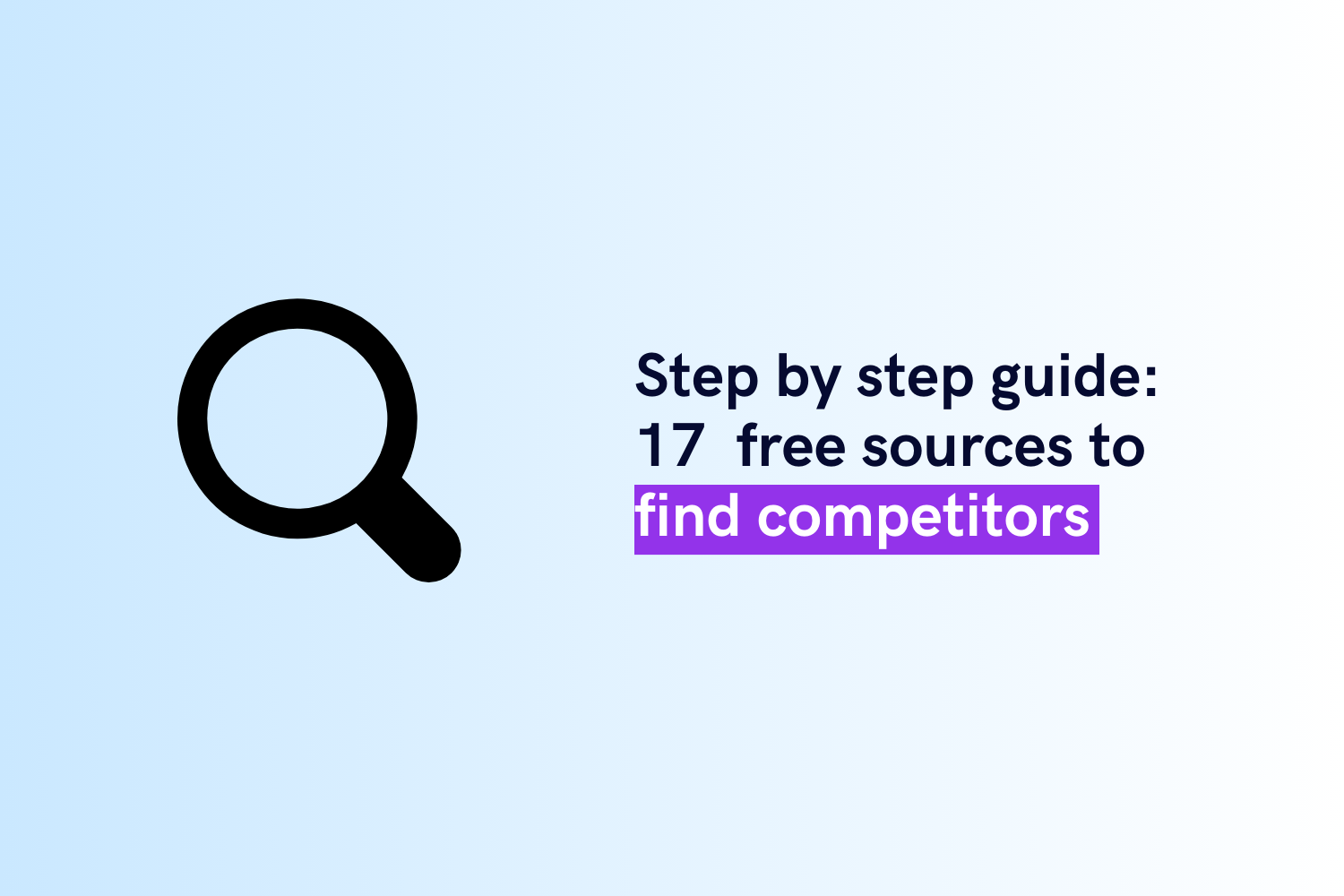
17 free sources to find competitors (Step-by-step Guide)
Types of competition
Let's remember the types of competitors before we identify them. There are two commonly accepted types of competition: Direct competition and indirect competition.
Direct competition:
You are actively losing deals to them and hear about them from your prospects. For example, Nike and Adidas.
Indirect competition:
You are not actively losing deals to them, but they offer their customers some of your primary use cases. For example, Netflix and TikTok.
Now we know about competition types. Let's move on to 17 free resources, one by one.
- Field Intelligence
- Google Search
- Crunchbase Similar Companies
- SimilarWeb Alternatives
- LinkedIn Pages people also viewed
- Review platforms (2 methods)
- Ex-employees' new employers (2 methods)
- Searching for "Market name"
- Searching for features/use cases
- Aggressive Search Ads (Alternative to XYZ)
- Social Forums
- Comparison Pages
- Marketplaces
- News
- Industry reports
- AI (ChatGPT, Bing, Bard)
- Compint
1. Field Intelligence
Prospects and customers are the most reliable sources when it comes to competitors. They know about the other market players and their offers.
You probably have someone who regularly talks to your prospects and existing customers.
Ask them what they like and dislike about other solutions during sales calls or regular meetings. If you ask properly, they will flood you with valuable competitor insights.
Action item:
- Ask your prospects and users about other solutions

Find competitors with field intelligence
2. Google Search
Google can be your best friend if you do not have any users or cannot talk to prospects for some reason. Type "XYZ alternatives" or "XYZ competitors" to see the leading players in your market.
Well, Google is massive, and sometimes finding hidden gems is difficult. Hold tight. We still have 15 remaining resources that will help you identify every competitor.
Action item:
- Google "XYZ alternatives" or "XYZ competitors"

3. Crunchbase Similar Companies
Crunchbase has a huge database of companies and their funding events. That allows them to find similar companies in any market. You can use Crunchbase for competitor analysis in many ways. We will focus on finding your competitors now.
Crunchbase has a specific "Similar Companies" tab on the company page. The name says it all. It lists your potential competitors and the reason behind them. You can simply take a look at this page and see your potential competitors.
Although it is a popular method to find competitors, most people do not utilize 100% of the algorithm. You can easily find more competitors by iterating through each company in the Similar Companies tab.
Action items:
- Go to Crunchbase and search for your company
- Note the similar companies listed
- Visit their similar companies tab, and do the same again

Find competitors with Crunchbase Similar Companies
4. SimilarWeb Alternatives
SimilarWeb crawls the Internet and creates a database of visitor statistics. That makes SimilarWeb a great source during your competitor research.
Their algorithm lists similar websites as they know who visits which websites.
Just type your domain and see the alternatives SimilarWeb suggests. Those could be your competitors' websites.
Like what we did with Crunchbase, repeat the steps and find unknown competitors.
Action items:
- Go to SimilarWeb and type your domain
- Click "Competitors & Similar Sites"
- Note the similar sites listed
- Visit their similar sites, and do the same again
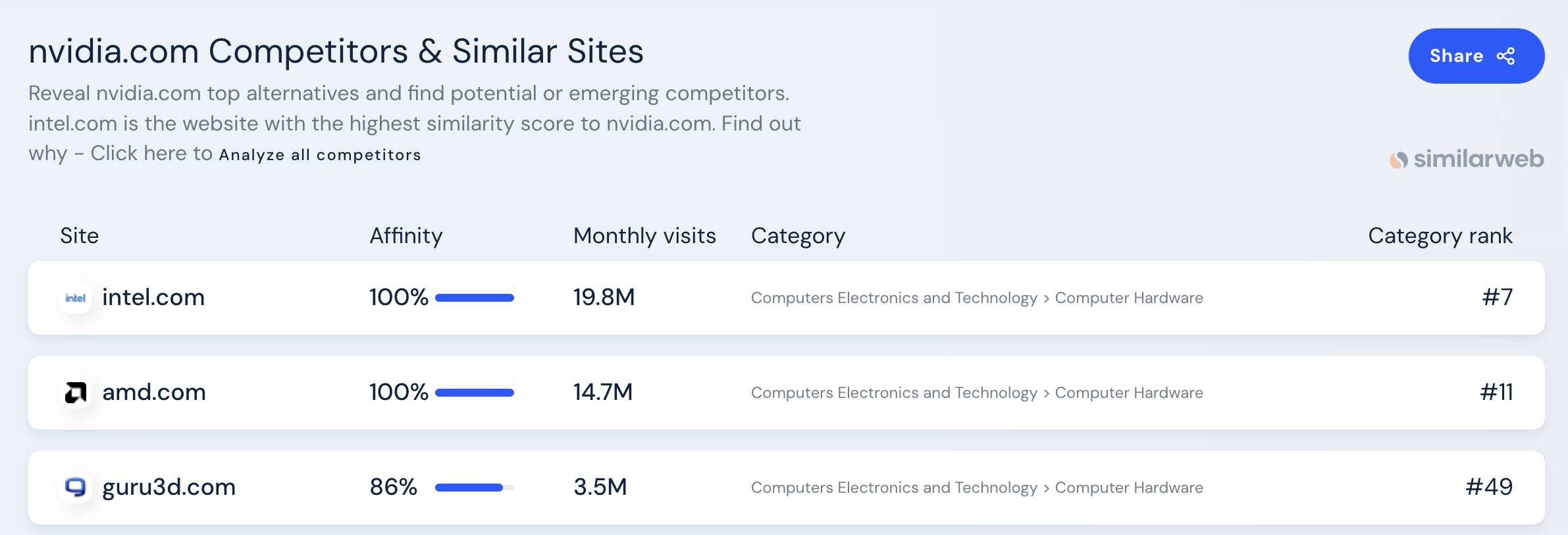
Find competitors with SimilarWeb Alternatives
5. LinkedIn Pages people also viewed
It is impossible to conduct comprehensive competitive research without LinkedIn. LinkedIn is the most popular business website for a reason.
Millions of companies are there, and some are your competitors.
Although LinkedIn offers more features and better limits in its paid plans. But you can still use it for free to gather competitive intelligence.
Action items:
- Go to LinkedIn and visit your company page
- Click "Show all" on "Pages people also viewed"
- Note the similar pages listed
- Visit their similar pages and do the same again
There is another way of utilizing LinkedIn during your research. We will come to that in a few.
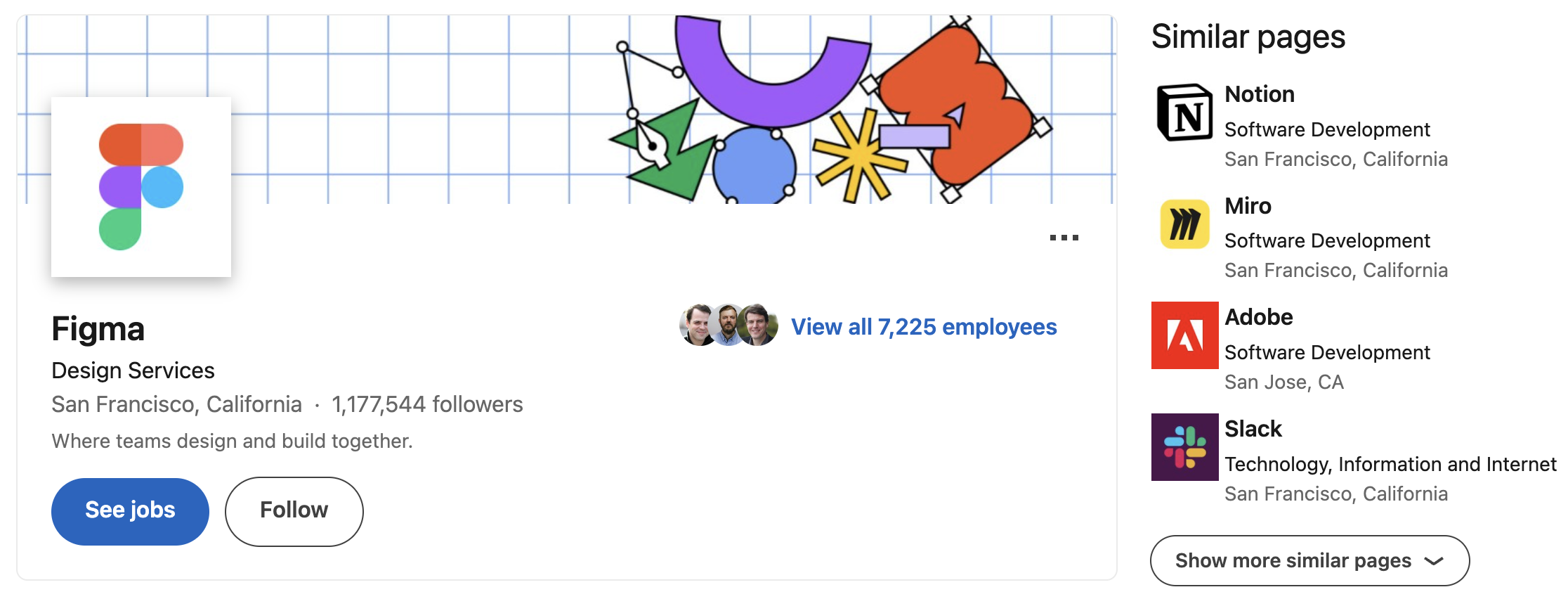
Find competitors with LinkedIn Similar Pages
6. Review platforms (2 methods)
In the first method, we said your prospects and users are your best source. What if you do not have any prospects and Google is not enough? Well, we can still find competitive intel on review platforms.
Review platforms collect and list users' reviews on the products they use. You can see what customers want on such platforms and why they choose one over alternatives.
Some people share the buying process and mention competitors' offers. That is a treasury for you to address gaps and create competitive advantages.
Although you can rely on customer reviews to gather insights, it does not have to stop there. Review platforms list the top alternatives of a company.
The most popular review platforms are G2, Gartner Peer Insights and Capterra.
Action items:
- Go to a review platform.
- Find your market
- Note your competitors
- Visit competitors' pages and look for the "Alternatives" or "Competitors" tabs
- Do the same iteratively to find all competitors

Find competitors on Review Platforms Method 1

Find competitors on Review Platforms Method 2
7. Ex-employees' new employers (2 methods)
Skilled human capital is hard to find. Especially in very competitive markets, human capital can be a game changer.
Your competitors might hire ex-employees, even if there are legal and ethical concerns. Keeping an eye on your employees can bring you unique insights about competitors.
We mentioned LinkedIn is not only beneficial for finding company pages. It can also help you find people.
For the best results, take a look at competitors' Glassdoor page to see other reviews.
Action items for LinkedIn:
- Search for ex-employees on LinkedIn
- Look at their new employers
Action items for Glassdoor:
- Search for known competitors
- Look at their new employees' comments about the competition
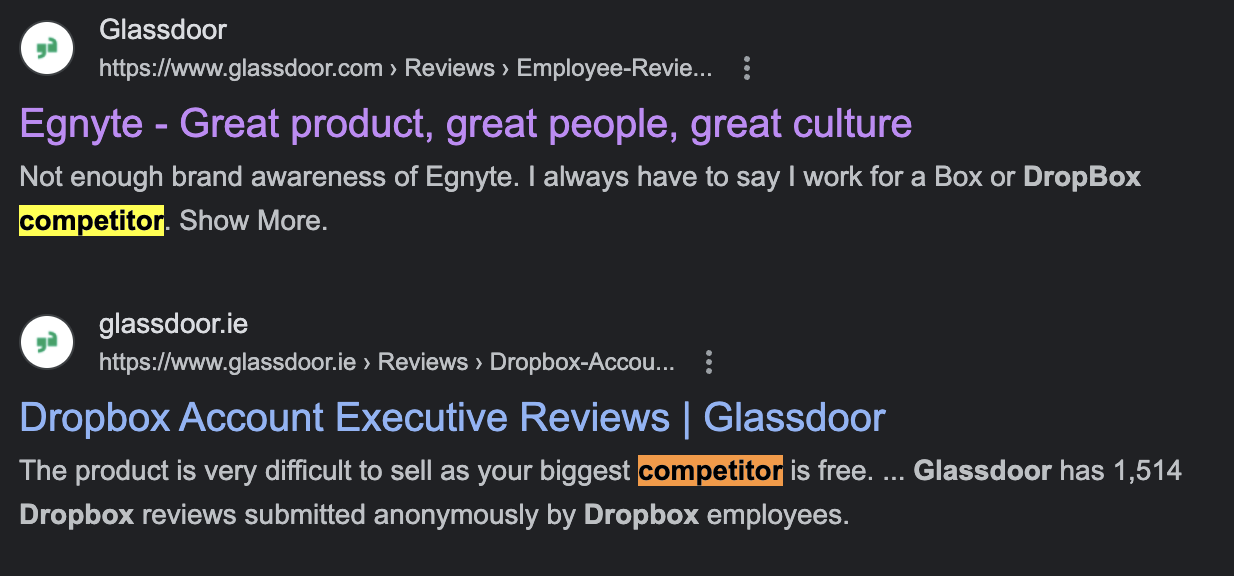
Find competitors on Employer Review Platforms Method 1

Find competitors on Employer Review Platforms Method 2
8. Searching for "Market name"
Searching for your market is one of the easiest ways to map all competitors. Companies focus on search engine optimization as they meet with potential buyers there.
That makes it very easy to find others in the market.
Action item:
- Google your market
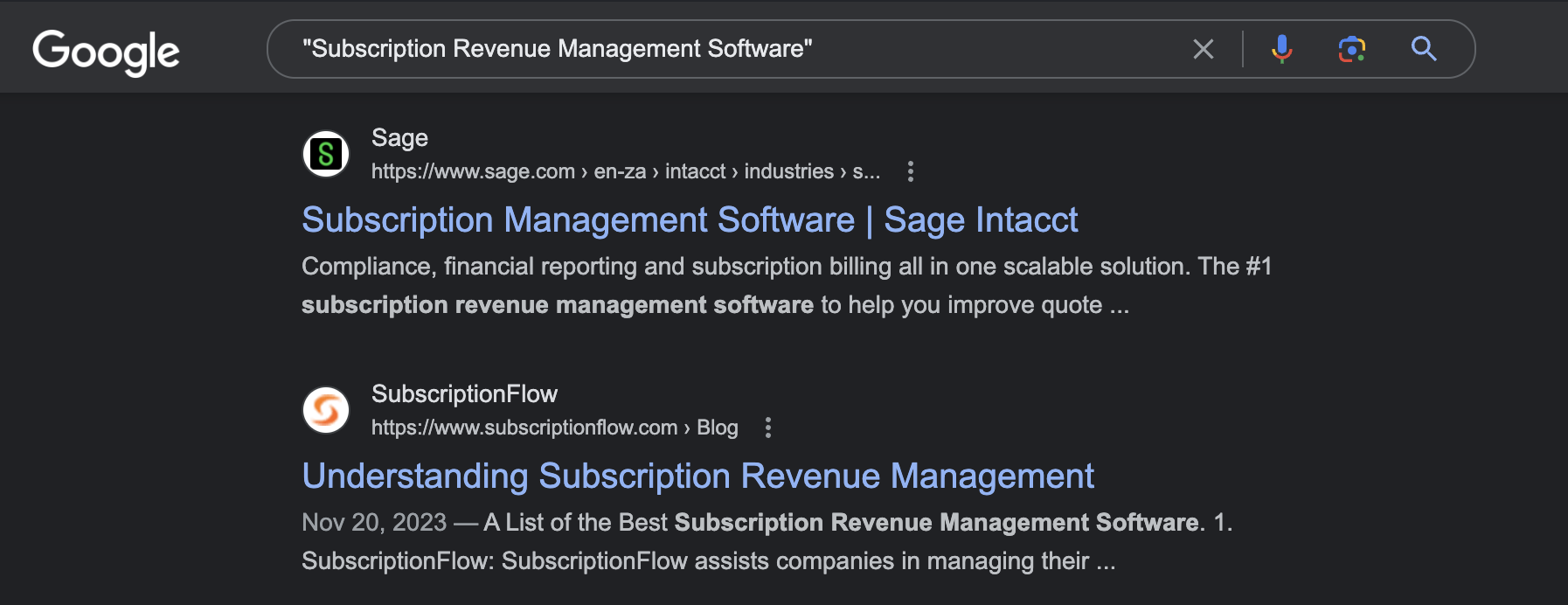
9. Searching for features/use cases
It is very common for companies to have more indirect competitors than direct ones. Businesses usually do not focus on a single problem. They offer solutions to many problems. That causes overlaps sometimes.
That could be the reason you are losing deals as well. It is okay to have some coincidence with others indirectly.
Studying indirect competitors' strong offerings could help you enhance your main product!
It is a challenge to find all indirect competitors, as there are zillions of them. The easiest way is using Google.
By the way you can compare competitors' keywords on Compint. That might help you find SEO gaps and opportunities.
Action items:
- List all your use cases
- Google them within quotation marks
- Question if there is an overlap between your offerings and theirs

Find competitors by use cases and main features
10. Aggressive Search Ads (Alternative to XYZ)
Some companies have serious competition. Even if you aren't aggressively competing, your competitors can still run paid campaigns to steal your customers.
SaaS companies must be careful against such campaigns, as they can lose customers in a matter of a click.
Keep an eye open for your competitors' ads. With Compint, you do not have to manually track them. We automated it. But, if you want to go the traditional way, you can use Google.
You may not be in the harshest competition in the market. So it is best to do this step for all competitors you have.
Action items:
- Google "My company alternative", "Alternative to my company"
- Google "My competitor alternative", "Alternative to my competitor"
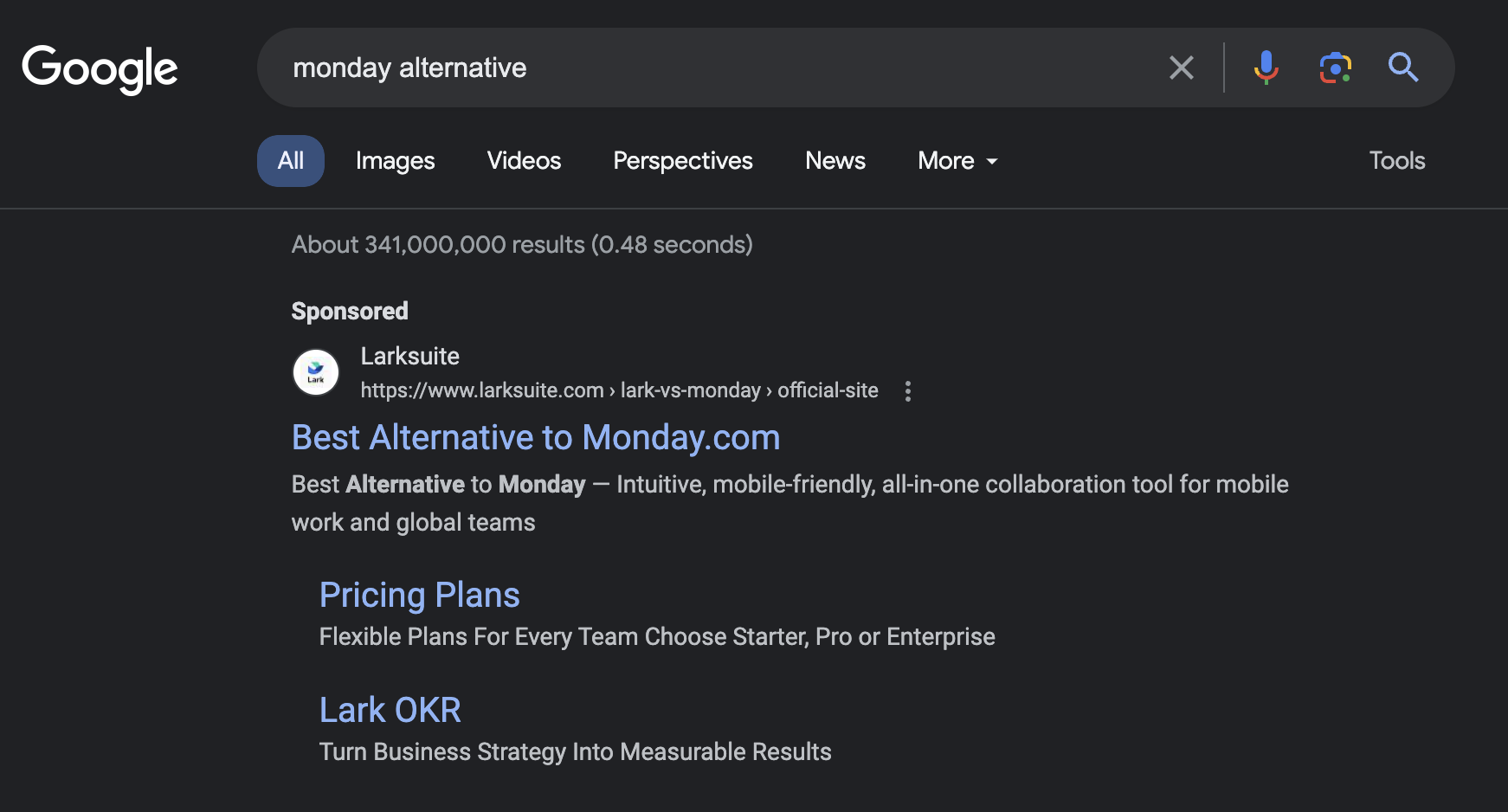
Find competitors running aggressive ads
11. Social Forums
Social media and forums are goldmines for any step of competitive research. It is relatively more complex than other steps as there are depths in this step.
People post about current solutions they came across within related communities. Take a breath. I said "related communities" for a reason.
Most social media and forums have an option to keep posts private. It is challenging to do competitive research as you need to get in first.
The best way to collect competitive intelligence from private groups is to be a community member!
You can always find public information about competitors. But, you will miss many critical insights if you do not join such private groups.
Focus on more than popular social media platforms. There can be some websites where your prospects are. Join them, too.
Action items:
- Search for related groups on Facebook, LinkedIn, Slack and Reddit
- Join them
- Enjoy your insider insights
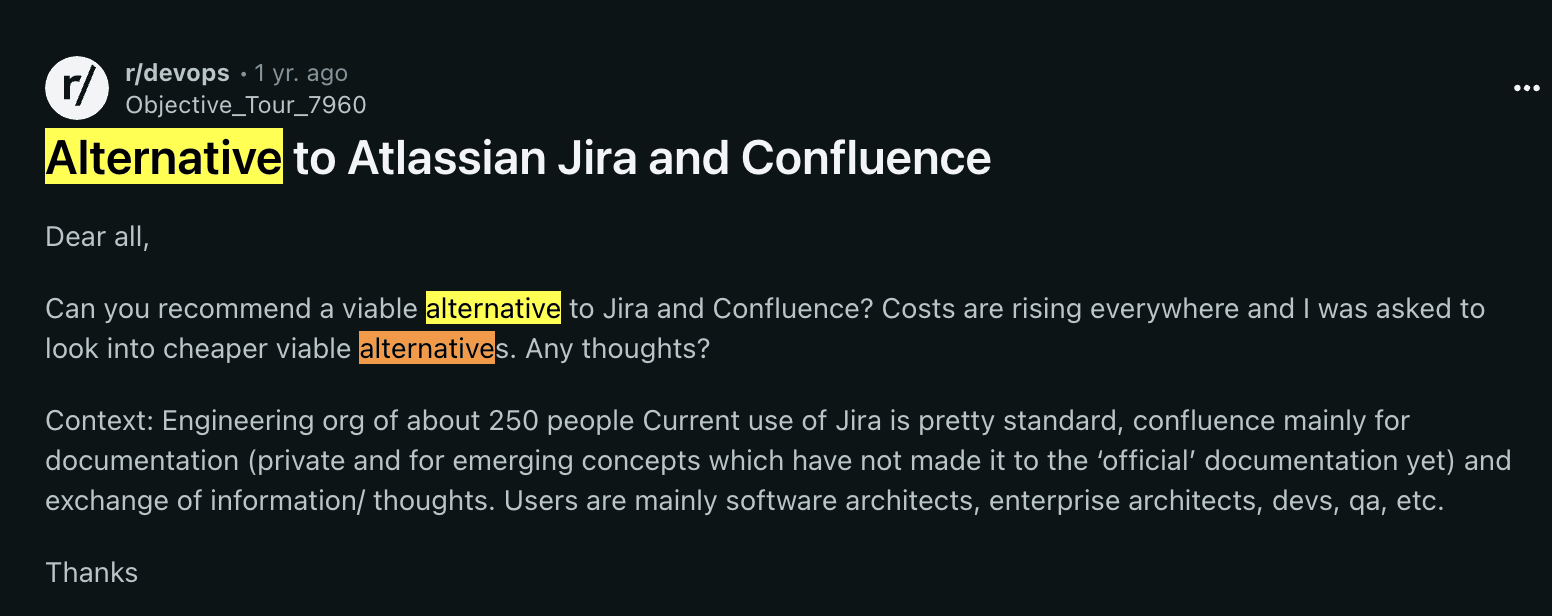
Gather competitor intelligence on forums
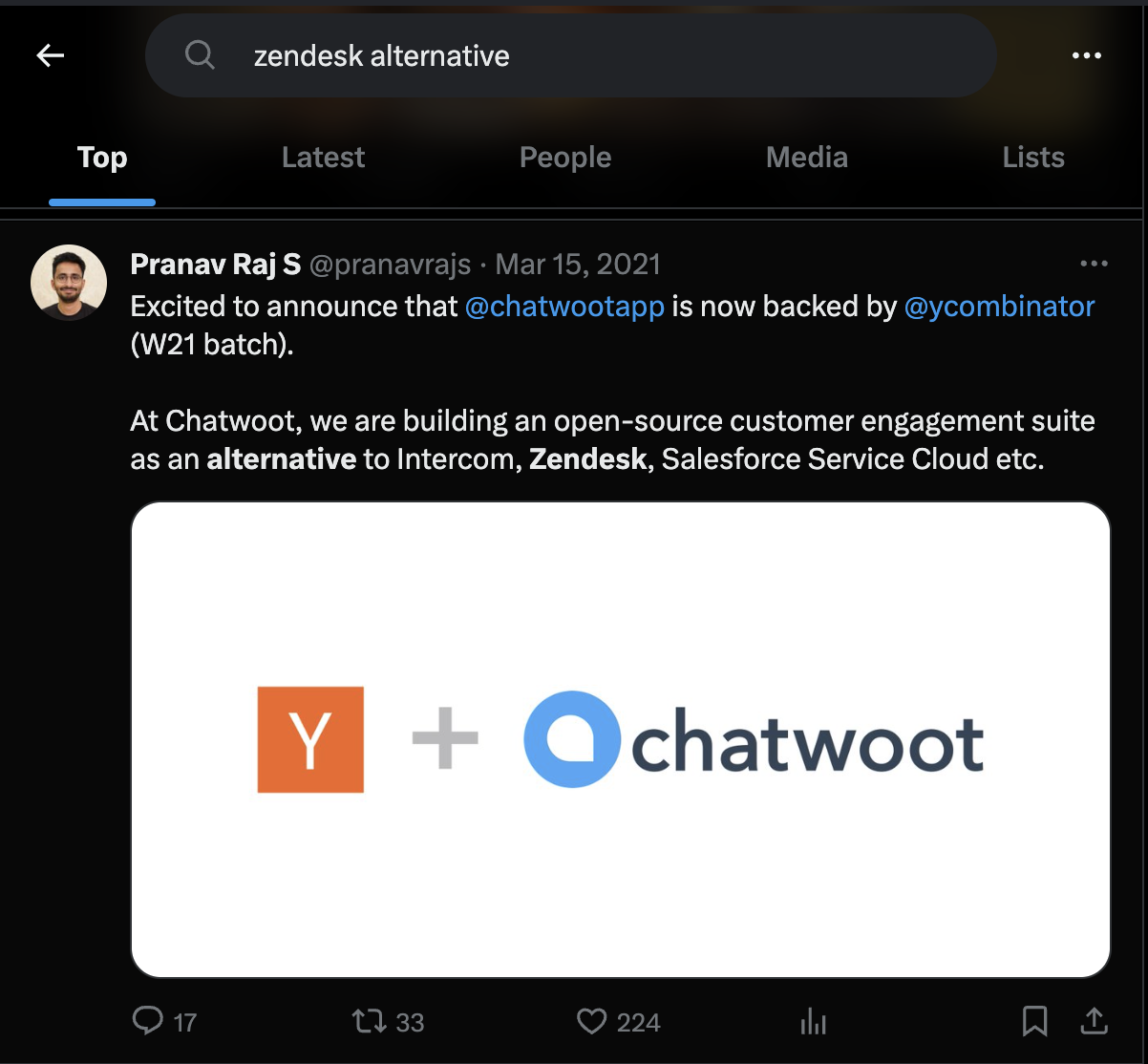
Gather competitor intelligence on social media
12. Comparison Pages
Like aggressive ads, your competitors might be marketing to refute your claims. Comparison pages show everyone, including your prospects, why your competitor is the best.
This is an excellent opportunity to see how your competitors set themselves apart from you and others. Studying comparison pages can show you what's on competitors' minds.
Any updates on such pages would be insightful. But you do not need to check it manually. You can find and monitor competitor comparison pages automatically with Compint!
Action items:
- Google "your company" and site:competitor.com to see all mentions
- Monitor them automatically with Compint
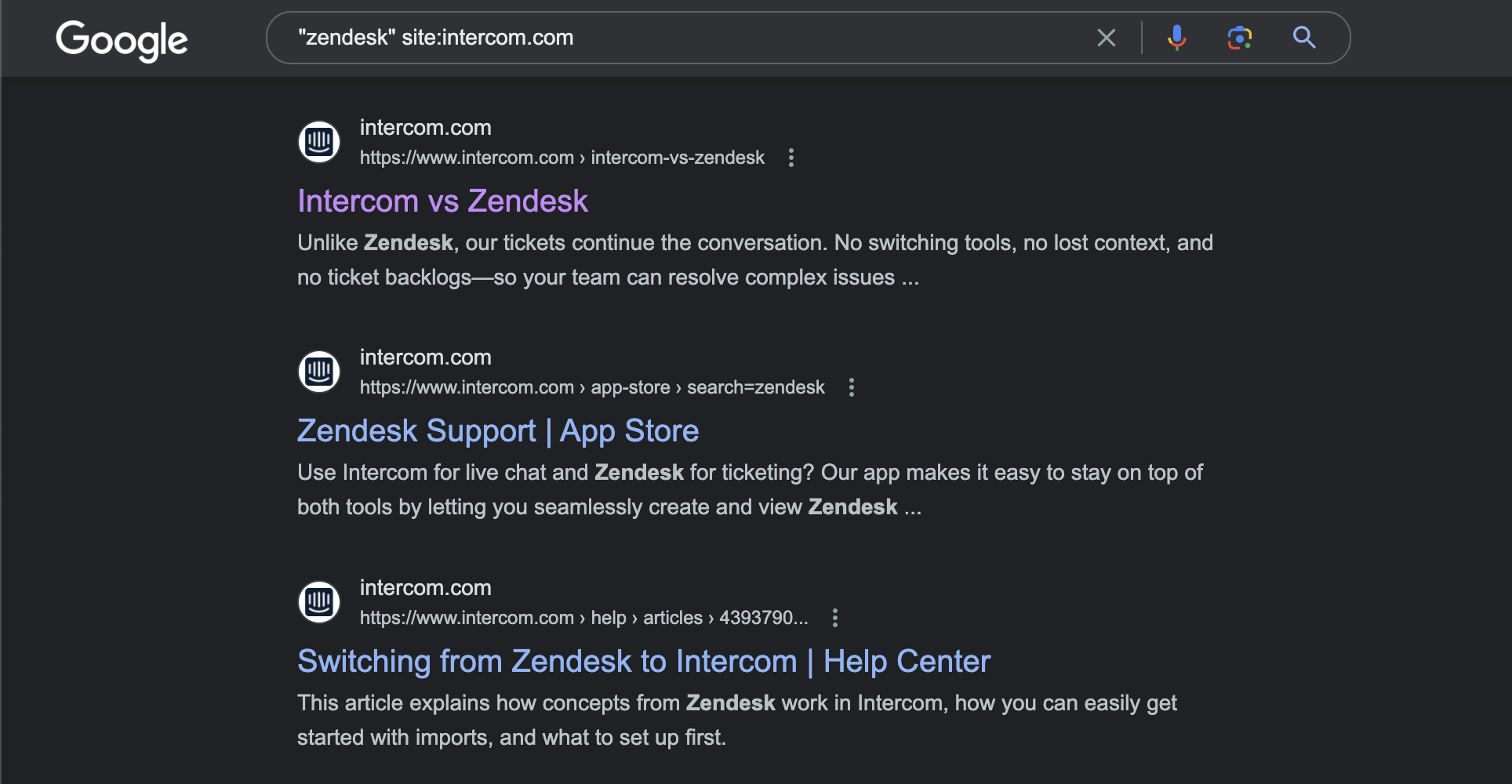
See company mentions on competitor website
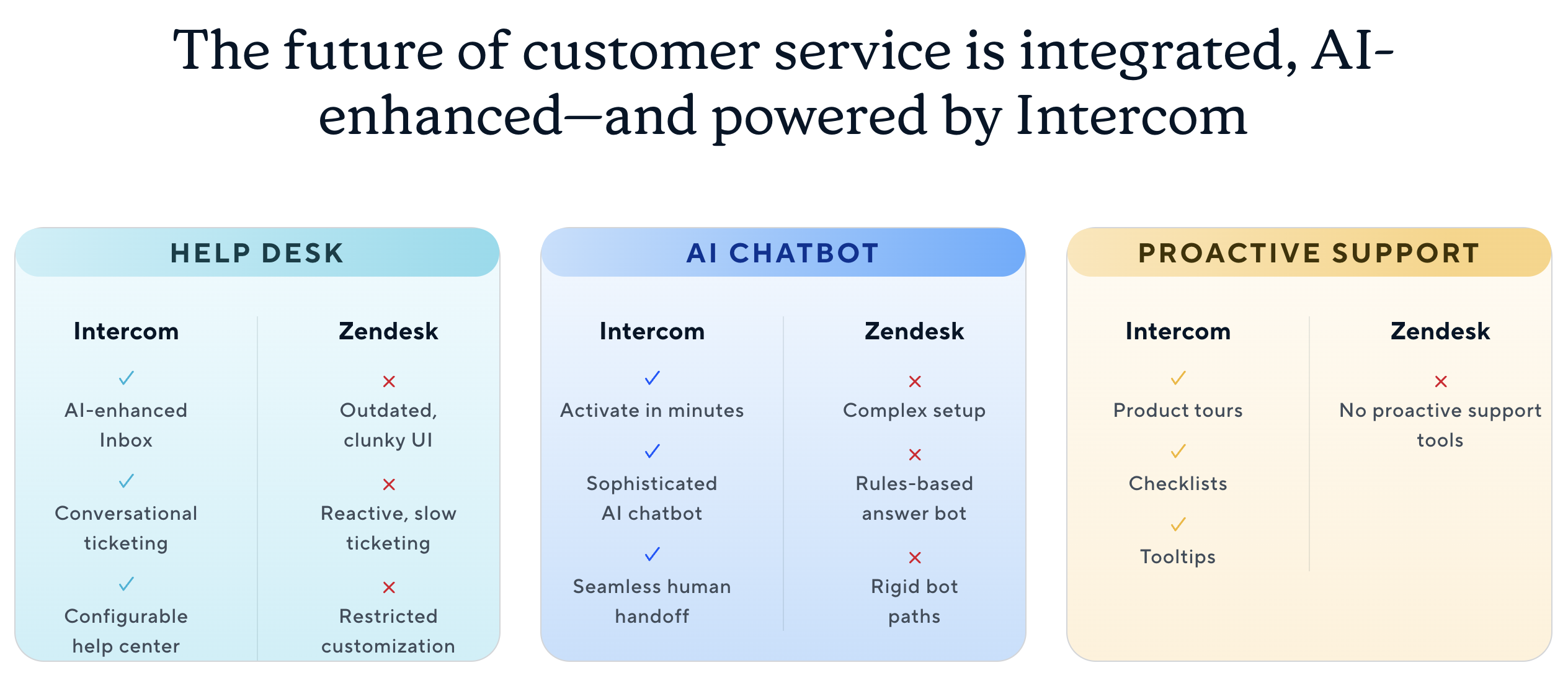
See how competitors think about your company
13. Marketplaces
The traditional definition says "markets are where buyers and sellers come together." That's right, but we can change it a bit. "Markets are where you and your competitors are."
It is likely for every major player to be in the related marketplaces. So, it is good to check marketplaces for known competitors. But, there is another critical insight to extract from marketplaces.
New market entrants can choose common marketplaces to list their offerings. So, you must monitor marketplaces for new entrants.
Compint does that for you, but if you want to go for the slow way, here are some marketplaces to check periodically.
Action items:
- Visit related Marketplaces
- Search for your company, competitors, market name and primary use cases
- Do it for all marketplaces
- Check regularly
Popular marketplaces:
- Atlassian Marketplace
- Chrome Web Store
- Cloudflare Apps
- ConnectWise Marketplace
- Eventbrite App Marketplace
- GitHub Marketplace
- Google Workspace Marketplace
- Hootsuite App Directory
- Hubspot App Marketplace
- Microsoft Teams
- Pax8 Marketplace
- Pipedrive Marketplace
- Salesforce AppExchange
- ServiceNow Store
- Shopify App Store
- Slack App Directory
- Square App Marketplace
- Stripe App Marketplace
- WordPress Plugins
- Zapier App Directory
- Zendesk Marketplace
- Zoho Marketplace
- Zoom App Marketplace
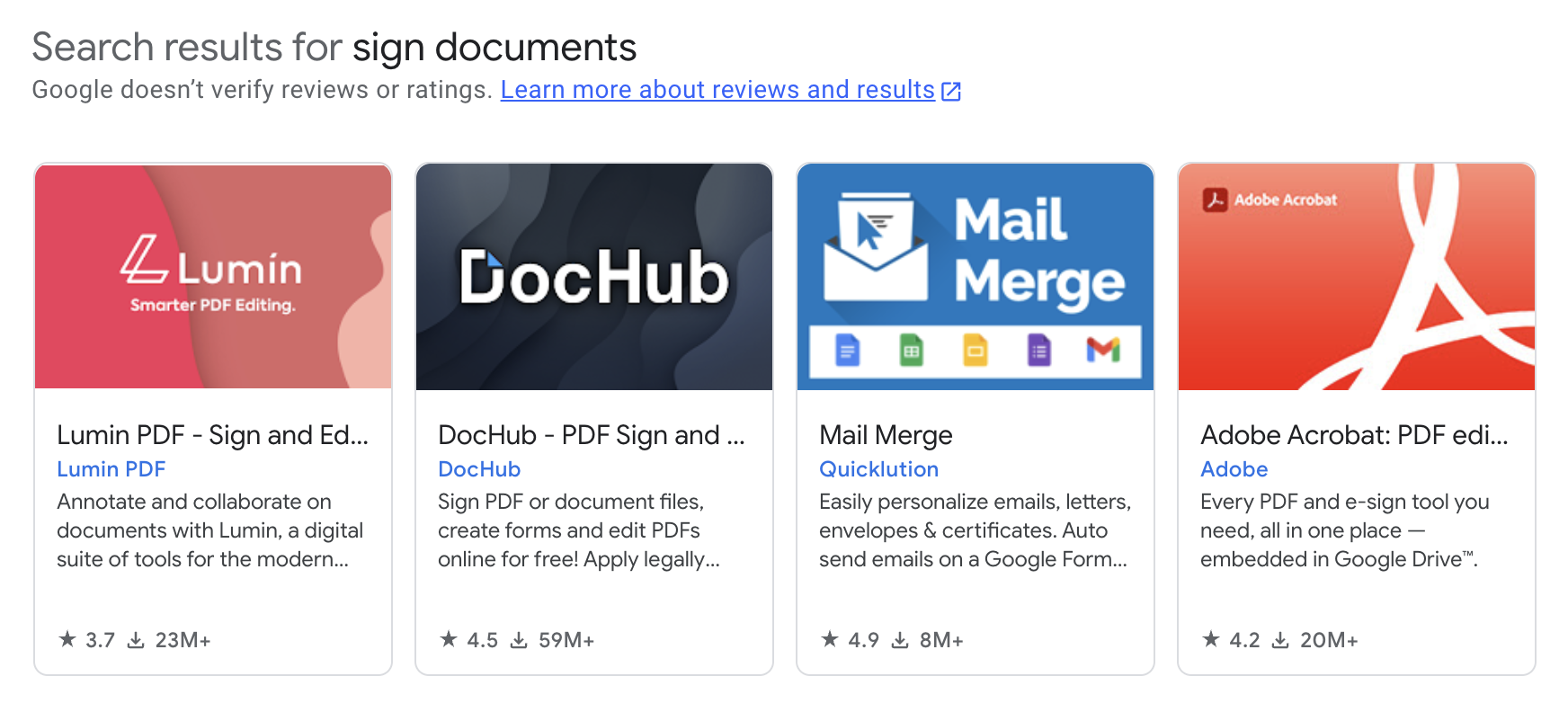
14. News
I could not make a list without mentioning one of the oldest sources, news. News are excellent sources for identifying new entrants, competitors' funding, positioning and messaging...
Unfortunately, it takes too much effort to aggregate the correct news about competitors. That's why we automated it. Compint has a News Monitoring feature, listing every news your competitors mentioned.
Here is how if you still want to go the traditional and slow way.
Action items:
- Visit Google News (https://news.google.com/)
- Search for your competitors and common keywords in your industry
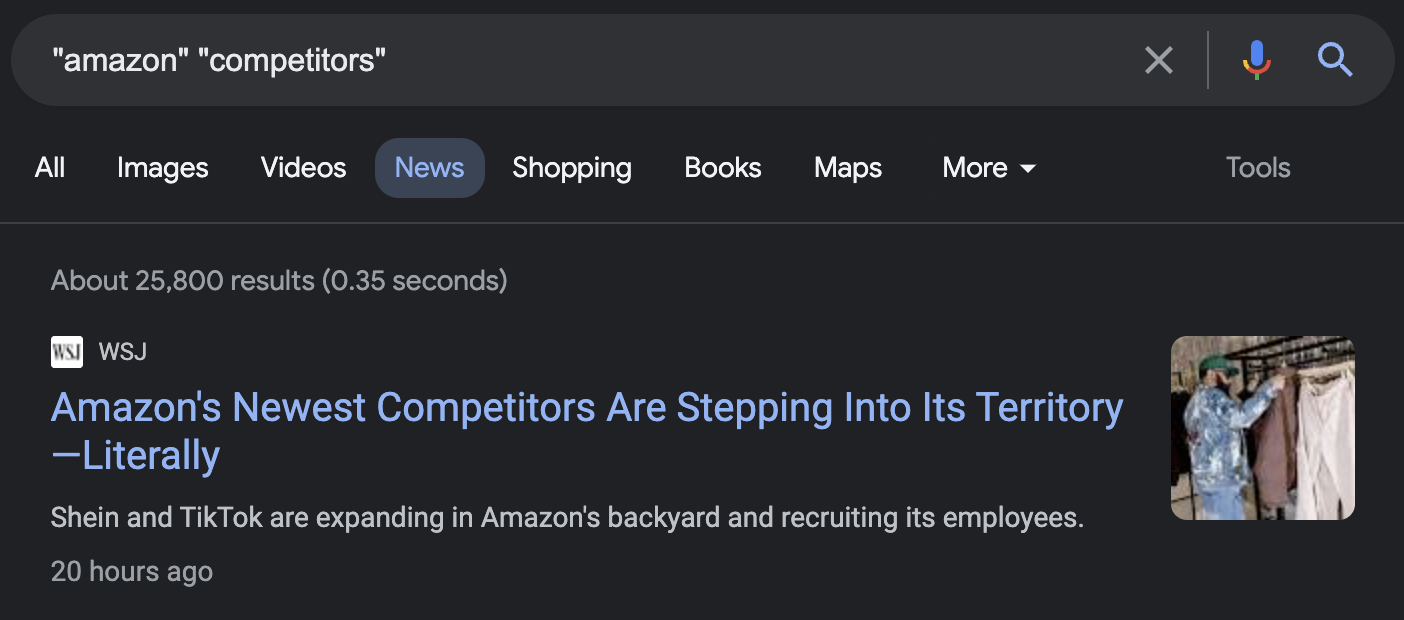
Track competitor news mentions with Google News
Alternative action item:
- Setup your Compint account in 60 seconds :)
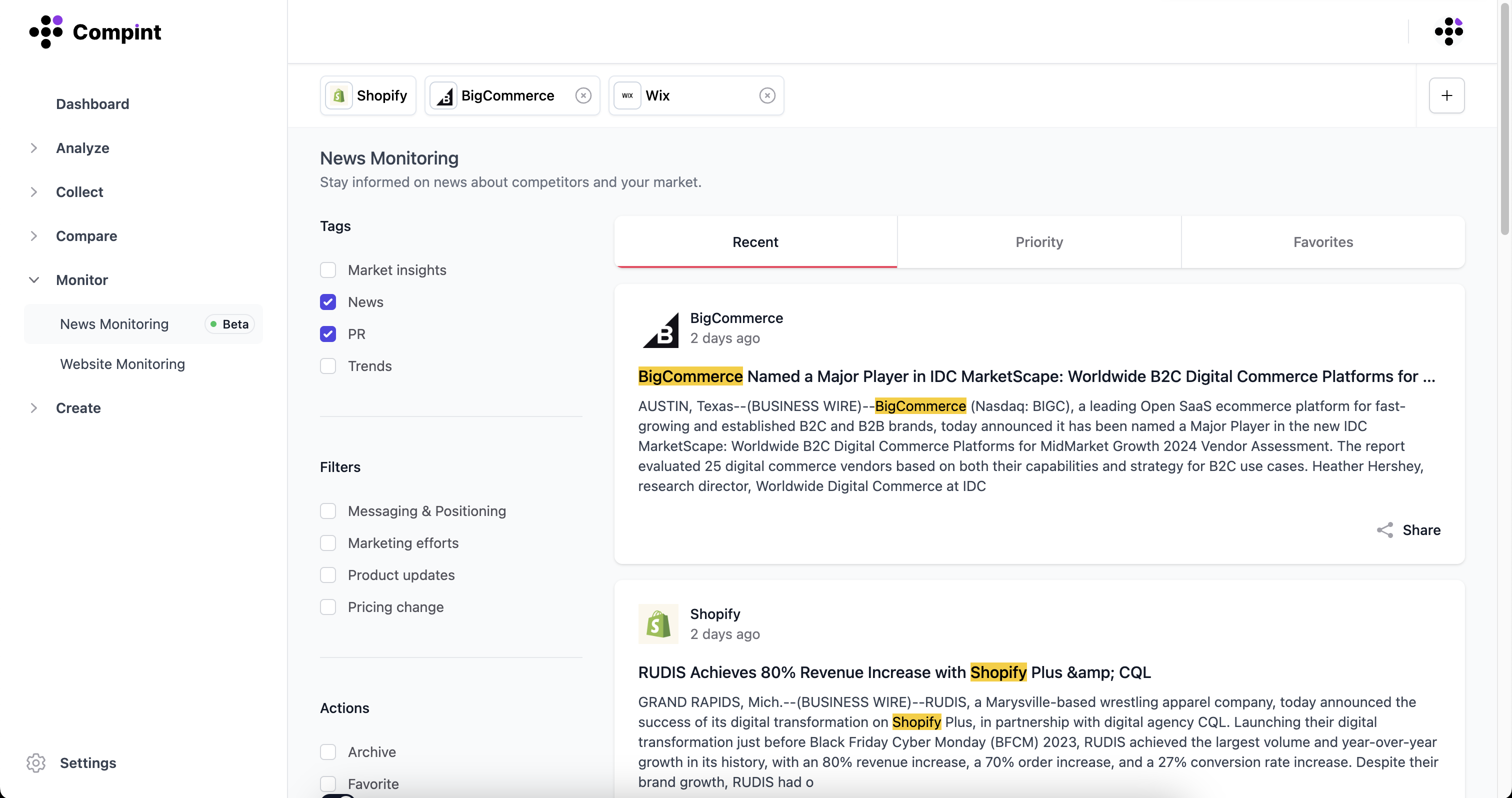
Track all competitor news mentions in one place with Compint
15. Industry reports
Credible research companies are sharing informative market reports. Some of them even mention companies in their reports. If you are lucky, you can be one of them.
Industry reports include a lot of insights about markets. There could be some insights about your competitors, too.
You can receive their reports by paying for them or subscribing to their free newsletter.
Action items:
- Google "Your Market Report"
- Read the report or use GPT :(

Competitive insights on market research reports
16. AI (ChatGPT, Bing, Bard)
Large language models are trained with massive datasets and public information on the Internet.
AI can help if you are too busy to do competitive research.
Action items:
Example prompt:
"We are XYZ and we are operating in the ABC market. Who are our top competitors? Be superintelligent."
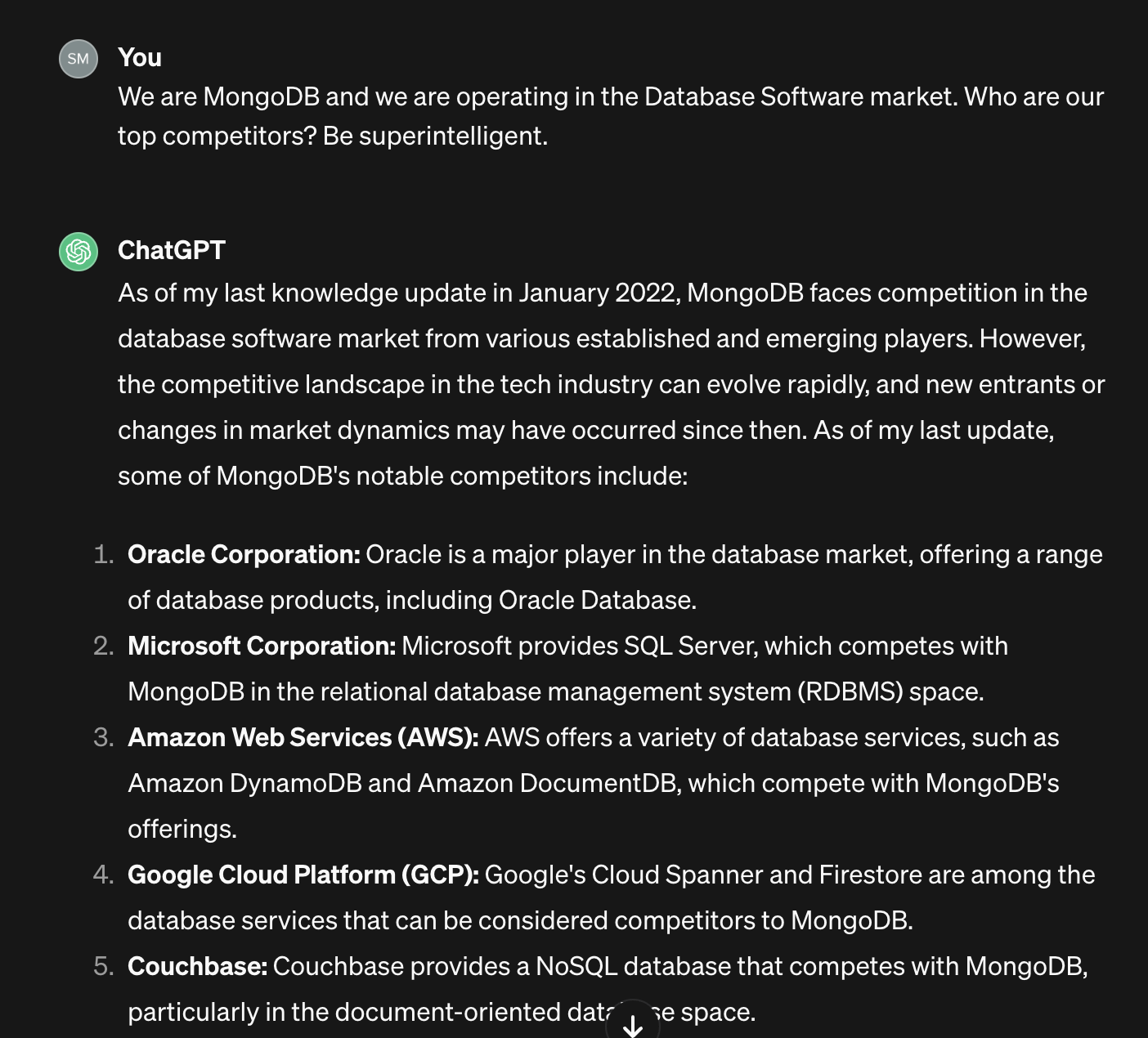
17. Compint
Compint automates almost all steps mentioned here, including website change monitoring and competitor news alerts.
Here is the deal. Compint tracks all your competitors and alerts you when needed.